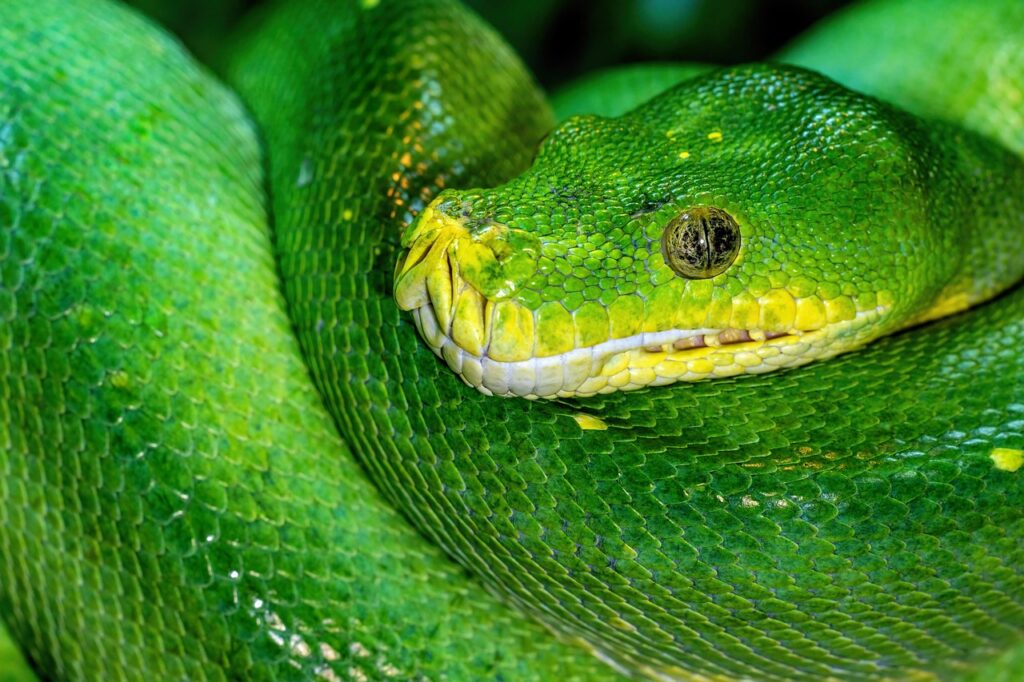The iconic scene from Jurassic Park where scientists extract dinosaur DNA from mosquitoes trapped in amber has captivated audiences for decades. This Hollywood magic sparked a global fascination with the possibility of bringing these magnificent creatures back to life. However, the harsh reality of molecular biology tells a dramatically different story than Steven Spielberg’s blockbuster vision.
The Molecular Clock of DNA Decay

DNA isn’t eternal, despite what movies might suggest. Like every biological molecule, it has a built-in expiration date that’s dictated by the laws of chemistry and physics. Even under perfect preservation conditions, DNA begins breaking down the moment an organism dies.
The double helix structure that makes DNA so remarkable also makes it vulnerable to degradation. Water molecules, oxygen, and even background radiation constantly attack the chemical bonds holding DNA together. This process is relentless and irreversible, creating a molecular countdown timer that no amount of wishful thinking can reset.
The Half-Life Reality Check
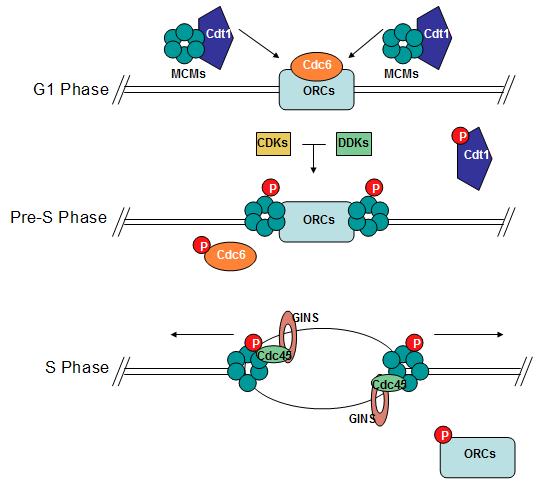
Scientists have calculated that DNA has a half-life of approximately 521 years under ideal conditions. This means that after 521 years, half of the DNA bonds in a sample will have broken down. After another 521 years, half of what remained would be gone, and so on.
The math is brutal and unforgiving. Even if we could somehow recover DNA from a 65-million-year-old dinosaur, it would have gone through roughly 125,000 half-lives. The amount of intact genetic material remaining would be so astronomically small that it would be essentially zero.
To put this in perspective, imagine trying to read a book where 99.99999% of the letters have been randomly deleted. That’s the challenge scientists would face even if dinosaur DNA somehow survived millions of years of molecular decay.
The Amber Preservation Myth
Amber has long been considered the holy grail of ancient DNA preservation, thanks largely to its starring role in Jurassic Park. The fossilized tree resin does create an incredible time capsule, preserving insects and other small creatures in stunning detail. However, preservation of appearance doesn’t equal preservation of DNA.
Real-world studies of amber-preserved specimens have repeatedly shown that DNA degrades rapidly even within this golden tomb. The oldest authentic DNA ever recovered from amber is only about 130 million years old, and even that finding is disputed by many scientists. Most amber specimens yield no recoverable DNA at all.
The beautiful clarity of amber creates a cruel illusion. While the physical structure of ancient organisms remains intact, the molecular blueprint that could bring them back to life has long since crumbled into chemical dust.
Temperature: The Ultimate DNA Destroyer
Heat is DNA’s worst enemy, and Earth’s geological history has been anything but cool. The planet has experienced countless periods of warming and cooling, volcanic activity, and other temperature fluctuations that would have accelerated DNA breakdown exponentially. Even in the coldest environments, molecular motion never stops completely.
Laboratory experiments have shown that DNA degrades faster at higher temperatures, following predictable chemical kinetics. The warm climates that many dinosaurs lived in would have been particularly hostile to long-term DNA preservation. Think of it like leaving a newspaper in your car on a hot summer day – time and heat work together to break down complex molecules.
Antarctic ice cores, which preserve DNA much better than most environments, can only maintain genetic material for hundreds of thousands of years at most. The deep freeze of polar regions is far more protective than any natural environment dinosaurs would have encountered.
The Contamination Nightmare
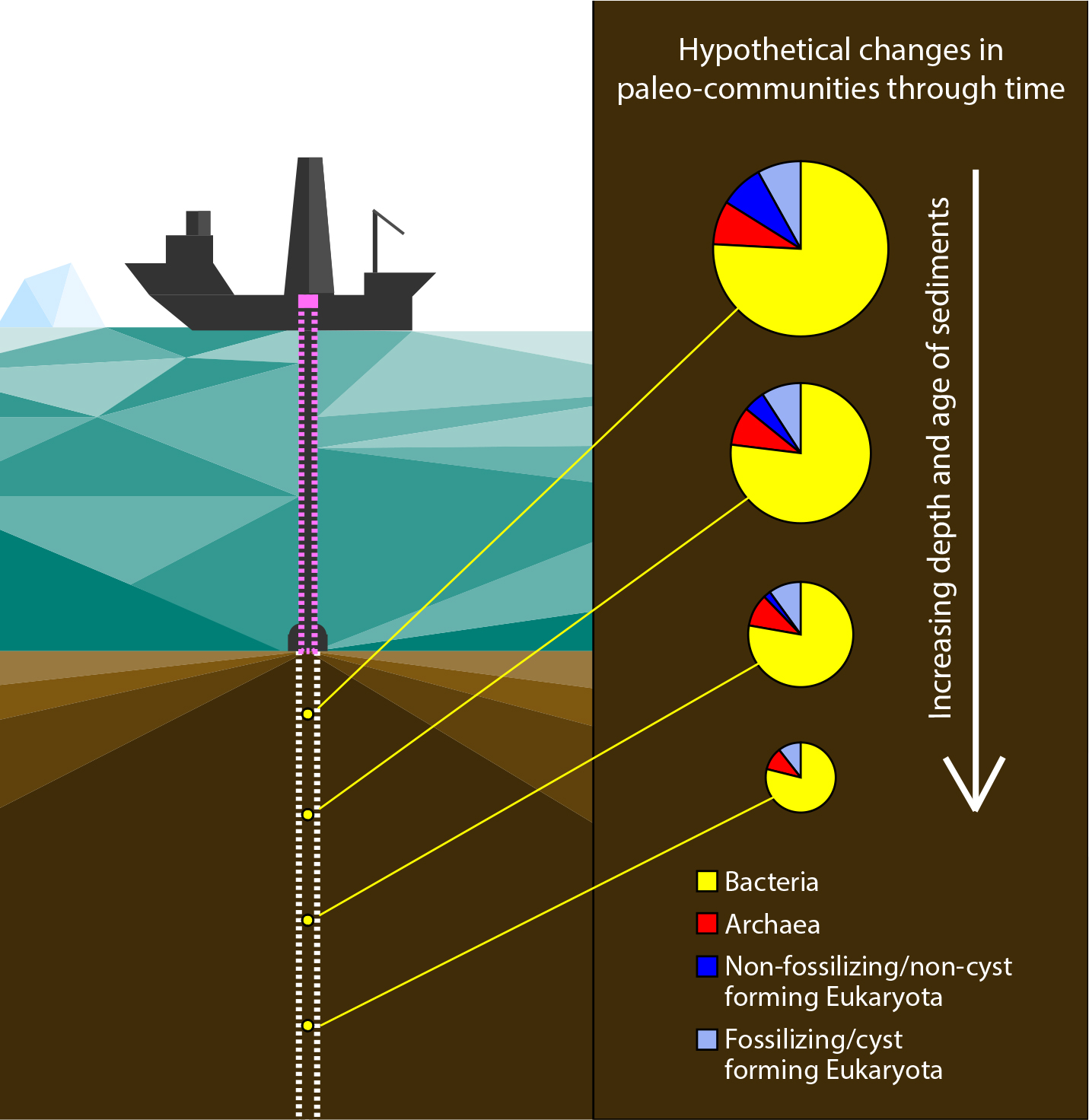
Even if scientists could find intact dinosaur DNA, distinguishing it from billions of years of microbial contamination would be nearly impossible. Bacteria, fungi, and other microorganisms have been steadily colonizing fossil sites for millions of years. Their DNA would vastly outnumber any hypothetical dinosaur genetic material.
Modern DNA extraction techniques are incredibly sensitive, capable of detecting minute amounts of genetic material. However, this sensitivity works against paleogeneticists when dealing with ancient samples. The risk of contamination from handling, laboratory equipment, or even the researchers themselves is enormous.
Several high-profile claims of ancient DNA recovery have been debunked when the genetic sequences turned out to match modern contaminants. The scientific community has become increasingly skeptical of extraordinary claims about ancient DNA, especially those involving specimens millions of years old.
Water: The Silent Killer of Ancient Genes
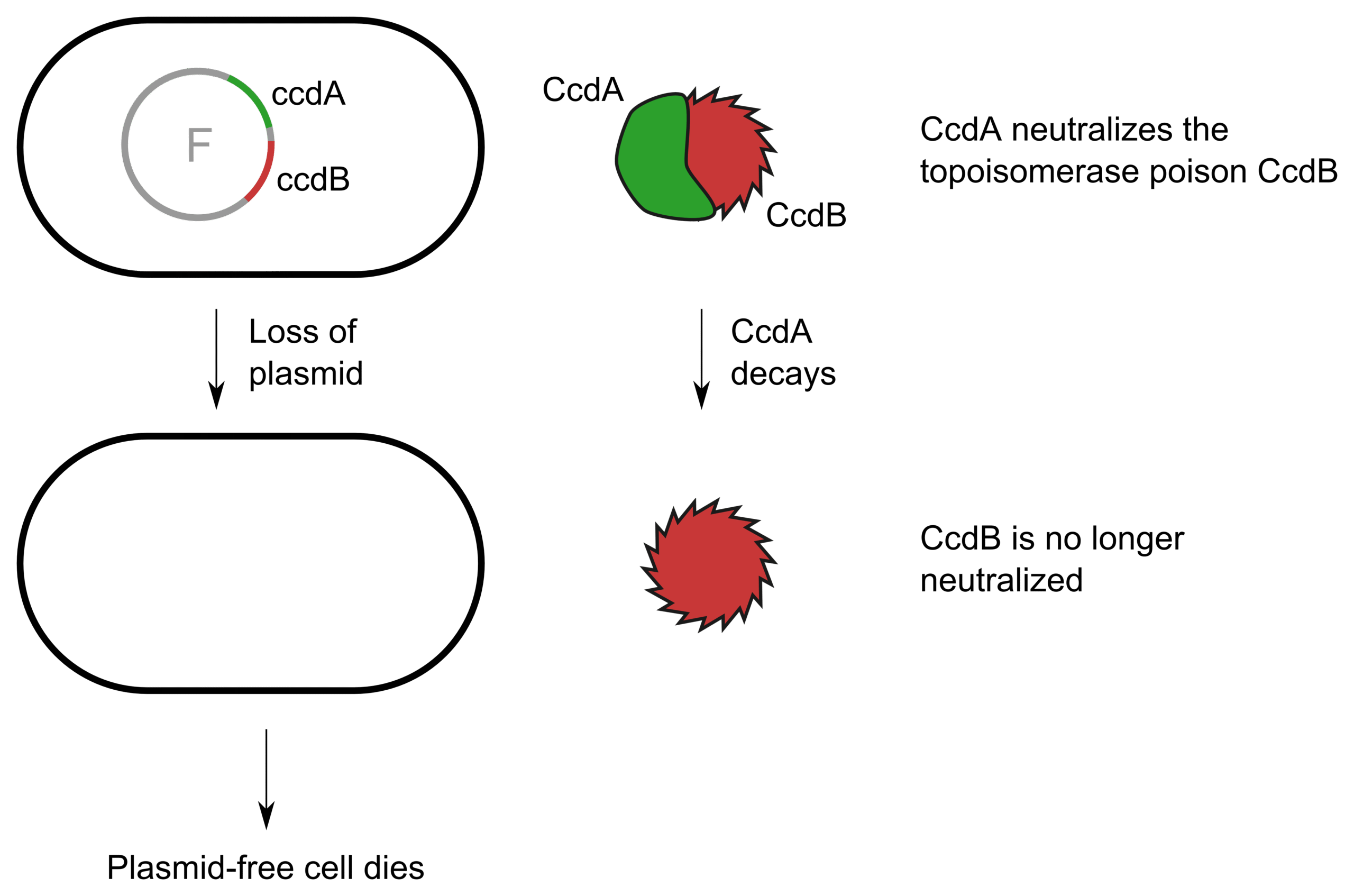
Water is essential for life, but it’s also one of the most destructive forces acting on DNA over geological time. The chemical process called hydrolysis breaks down DNA by adding water molecules to its structure, causing the genetic code to literally dissolve. This reaction happens constantly in the presence of any moisture.
Even in supposedly dry environments like desert fossils, trace amounts of water are usually present. Ground water, atmospheric humidity, and chemical reactions within the rock itself all contribute to the slow but steady destruction of genetic material. The process is so gradual that it’s invisible to the naked eye, but devastating over millions of years.
Scientists have tried various methods to extract DNA from ancient specimens, including using special chemicals to stabilize the genetic material. However, these techniques can only slow down degradation, not reverse damage that has already occurred over geological time scales.
The Protein Problem
While DNA gets most of the attention in cloning discussions, proteins are equally important for understanding ancient life. Proteins are generally more stable than DNA, and scientists have successfully extracted protein sequences from some dinosaur fossils. However, proteins alone cannot provide the complete genetic blueprint needed for cloning.
The discovery of collagen and other proteins in dinosaur bones has been groundbreaking for paleontology. These findings have revealed important information about dinosaur physiology, evolution, and relationships to modern animals. Yet proteins represent only a tiny fraction of the information needed to recreate a living organism.
Think of proteins as individual sentences in a massive book, while DNA is the complete text. Even if we could recover thousands of protein sequences from dinosaur fossils, we would still be missing the vast majority of the genetic information needed to clone these creatures.
The Size Factor
Dinosaur genomes were enormous, containing billions of base pairs of DNA. Modern birds, their closest living relatives, have genomes ranging from 1 to 8 billion base pairs. Recovering even a small fraction of such a massive genetic blueprint from 65-million-year-old fossils would be like trying to reconstruct a library from a handful of random letters.
The sheer scale of the challenge becomes apparent when you consider that scientists struggle to recover complete genetic sequences from specimens that are only thousands of years old. Ancient human DNA, for example, is typically highly fragmented and incomplete even in well-preserved samples from optimal conditions.
Every missing piece of the genetic puzzle makes successful cloning exponentially more difficult. Unlike a jigsaw puzzle where you can guess at missing pieces, DNA sequences must be precisely correct for an organism to develop and survive.
Chemical Warfare in the Fossil Record
The fossilization process itself is hostile to DNA preservation. Minerals gradually replace organic material in bones, creating beautiful fossils but destroying the delicate molecular structures that contain genetic information. This chemical transformation happens over thousands of years, long before DNA has had a chance to degrade naturally.
Different types of fossilization create different preservation challenges. Permineralization, where minerals fill in cellular spaces, can maintain some organic compounds but usually destroys DNA. Replacement fossilization, where minerals completely replace organic material, creates stunning specimens but eliminates any hope of genetic recovery.
The rare cases where soft tissues are preserved often involve rapid burial in fine-grained sediments or unusual chemical conditions. While these specimens can preserve remarkable details about dinosaur anatomy and physiology, they still cannot protect DNA from the inevitable march of molecular decay.
The Radiation Factor
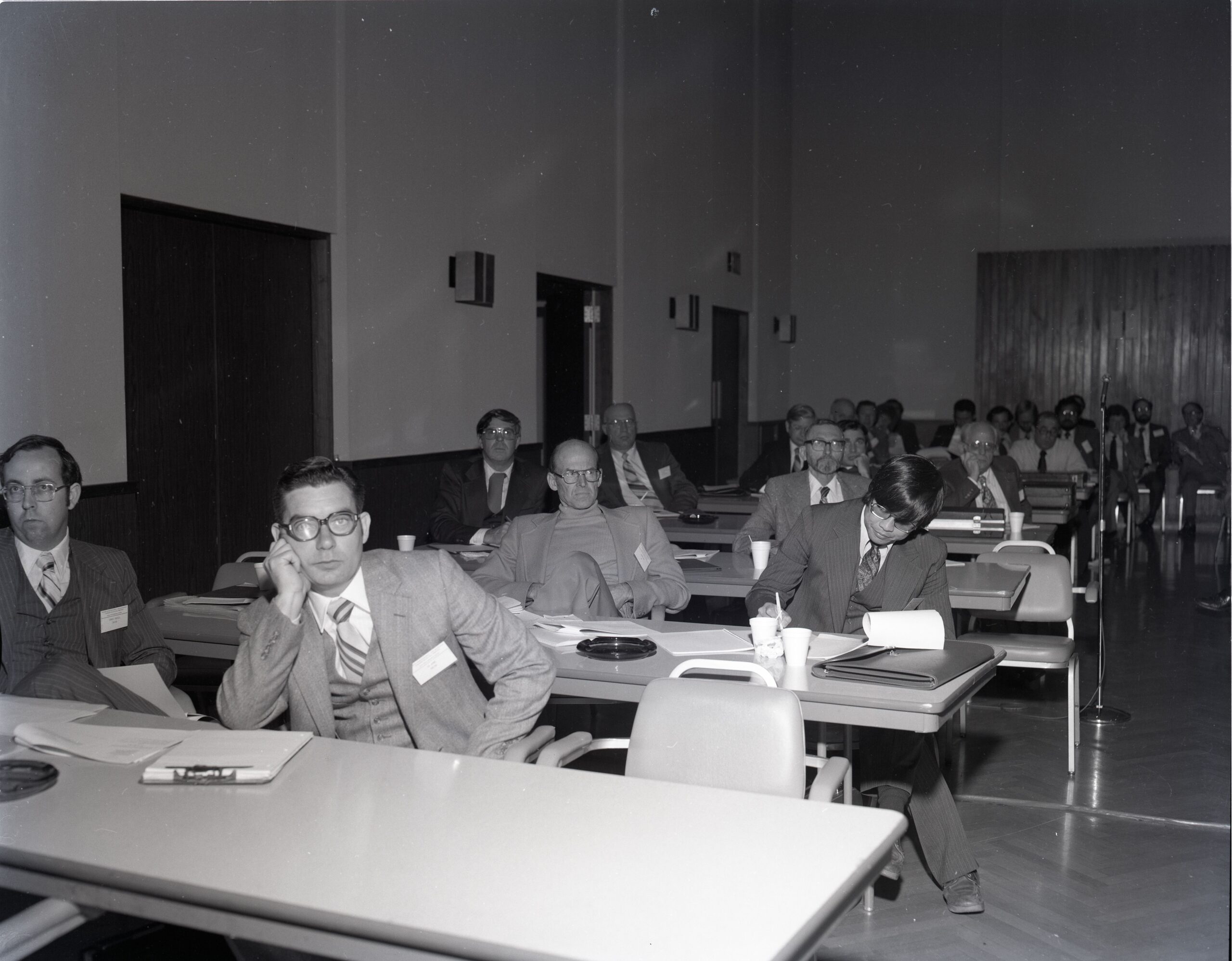
Background radiation from cosmic rays and natural radioactive elements has been bombarding Earth for billions of years. This constant radiation creates free radicals and other reactive molecules that attack DNA, breaking chemical bonds and scrambling genetic information. The effect is subtle but cumulative over geological time scales.
Even rocks deep underground are not safe from radiation damage. Radioactive elements like uranium and thorium are naturally present in many geological formations, creating a constant low-level radiation environment. This internal radiation source means that even perfectly sealed fossils are still exposed to DNA-damaging radiation.
Scientists have calculated that the radiation dose accumulated over 65 million years would be enough to completely destroy any DNA multiple times over. This represents yet another independent reason why dinosaur cloning is impossible, even if all other preservation challenges could somehow be overcome.
Alternative Approaches: De-extinction’s Real Possibilities
While cloning dinosaurs remains impossible, scientists are making remarkable progress with more recent extinctions. Species like the woolly mammoth, which died out only 4,000 years ago, offer much more realistic targets for de-extinction efforts. Their DNA is still partially intact and can be studied using modern genetic techniques.
The key difference is time scale. Thousands of years versus millions of years creates entirely different preservation challenges. Even species that went extinct in the last few hundred years, like the passenger pigeon, offer vastly better prospects for genetic recovery than any dinosaur.
These modern de-extinction projects face enormous technical and ethical challenges, but they’re based on scientifically sound principles. The DNA is degraded but not completely destroyed, and closely related living species can serve as surrogate parents and genetic templates.
The Role of Evolutionary Distance
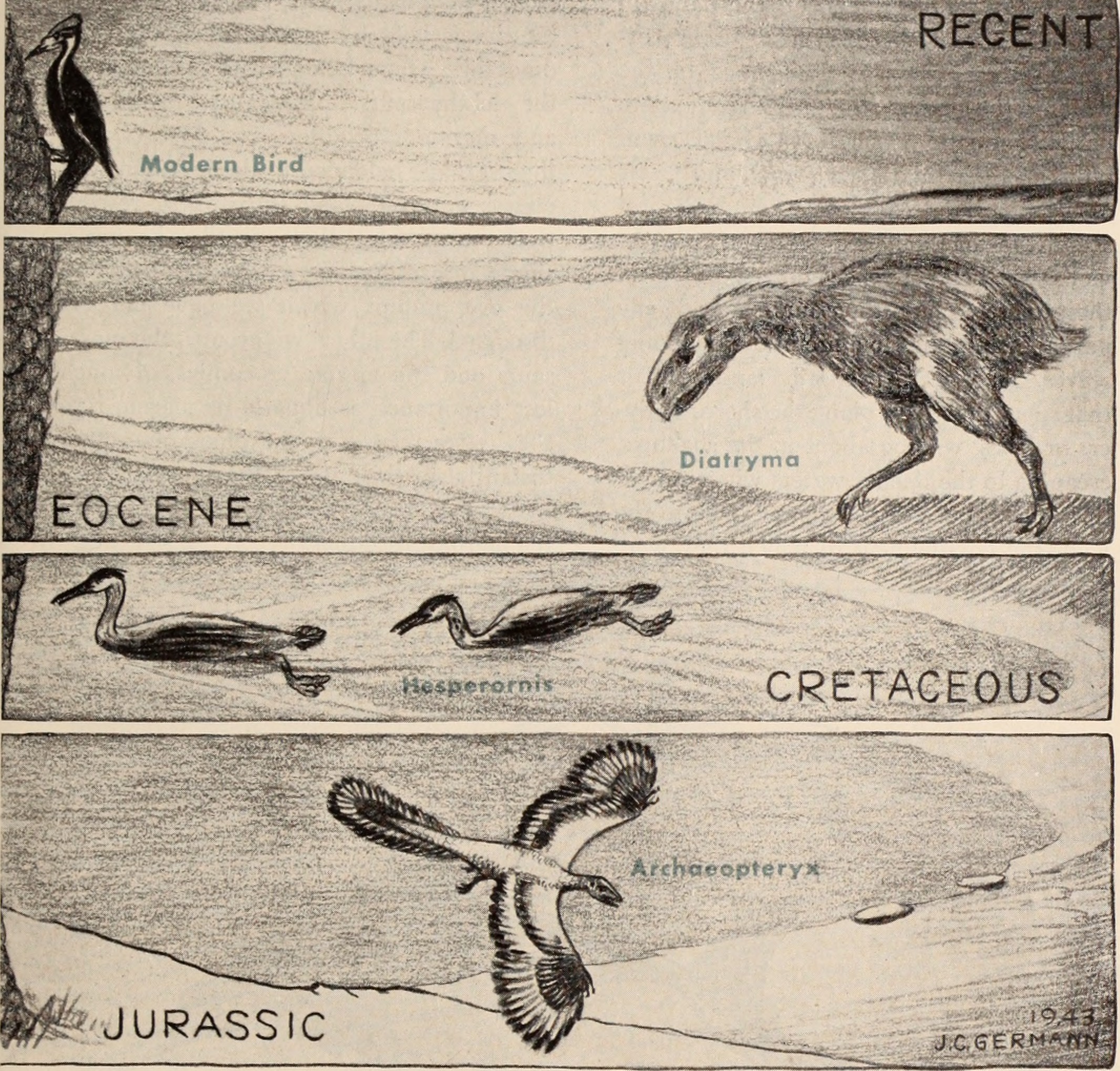
Even if scientists could somehow recover fragments of dinosaur DNA, the evolutionary distance between dinosaurs and modern animals creates additional challenges. Birds are the closest living relatives to dinosaurs, but they diverged millions of years ago. The genetic differences would make it extremely difficult to fill in missing sequences or create viable hybrid organisms.
Successful de-extinction efforts require close evolutionary relationships between extinct and living species. The closer the relationship, the more likely that missing genetic information can be interpolated from living relatives. The vast evolutionary gulf between dinosaurs and modern animals makes this approach nearly impossible.
Consider the challenge of trying to recreate a Shakespeare play when you only have random words from a modern English dictionary. The language has changed so much that even perfect preservation of individual words wouldn’t give you enough information to reconstruct the original text.
Technological Limitations and Future Prospects

Current DNA extraction and sequencing technologies are incredibly sophisticated, but they still require relatively intact genetic material to work with. Even the most advanced techniques cannot create DNA from nothing or repair damage that has accumulated over millions of years. The laws of chemistry and physics impose fundamental limits on what’s possible.
Future technological advances might improve our ability to work with degraded DNA, but they cannot violate the basic principles of molecular biology. You cannot read information that no longer exists, regardless of how sophisticated your reading technology becomes.
The most promising future developments involve better understanding of ancient proteins and improved techniques for studying fossil biomolecules. While these advances won’t enable dinosaur cloning, they will continue to revolutionize our understanding of ancient life and evolution.
What We Can Learn Instead
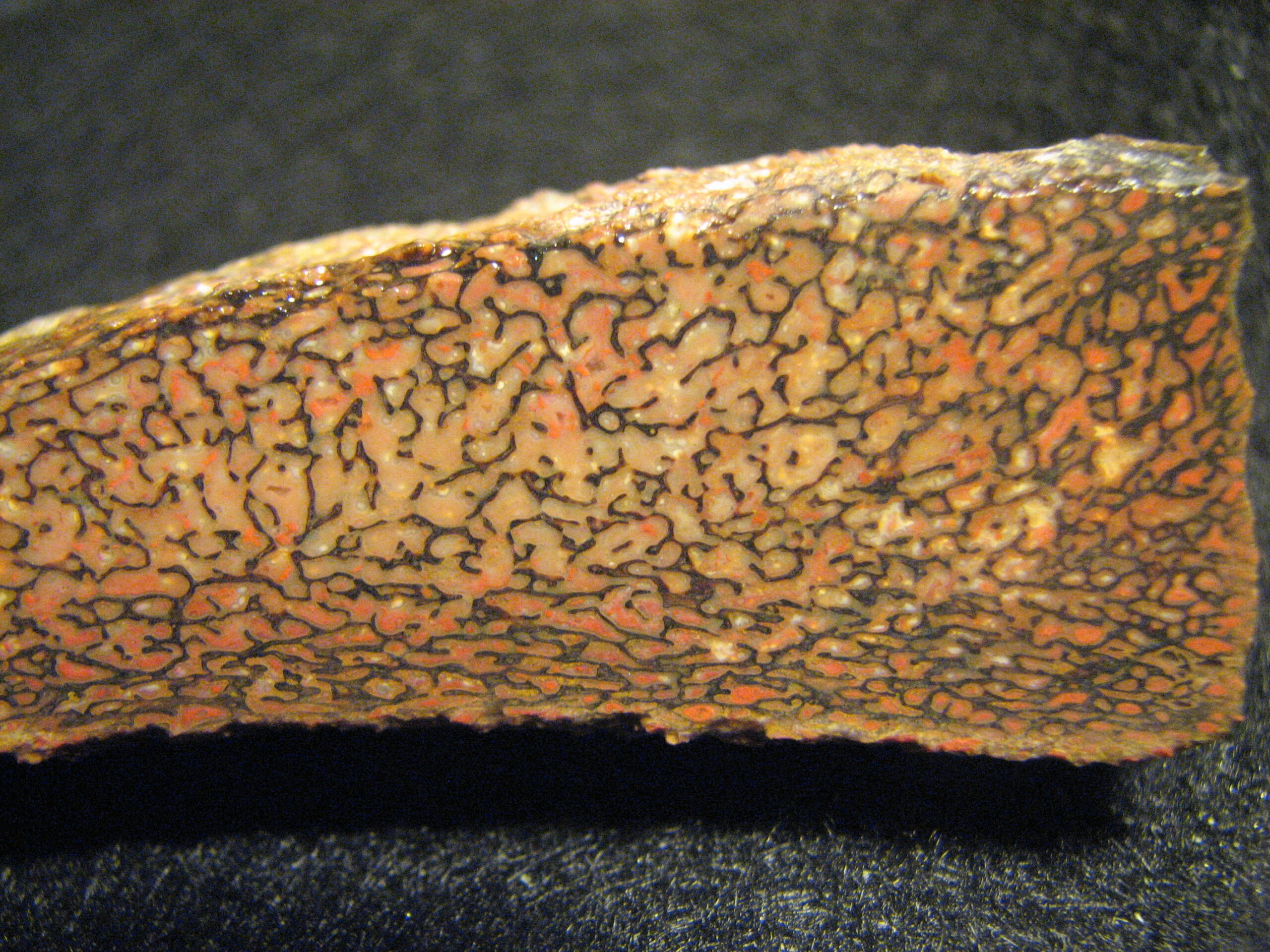
While cloning dinosaurs remains impossible, the scientific quest to understand ancient life continues to yield remarkable discoveries. Advanced imaging techniques reveal details about dinosaur anatomy that were previously invisible. Chemical analysis of fossils provides insights into dinosaur metabolism, behavior, and ecology.
The study of ancient proteins, while not sufficient for cloning, has revolutionized our understanding of dinosaur evolution and relationships. These discoveries have confirmed that birds are indeed dinosaurs and have revealed unexpected connections between different dinosaur groups.
Perhaps most importantly, the search for ancient DNA has taught us valuable lessons about the limits of preservation and the importance of studying recently extinct species before their genetic information is lost forever. Every species that goes extinct takes its unique genetic library with it, making conservation efforts more urgent than ever.
The dream of bringing dinosaurs back to life has inspired generations of scientists and sparked countless scientific careers. While we’ll never see a real Jurassic Park, the pursuit of that impossible goal has led to incredible advances in genetics, paleontology, and our understanding of life itself. The next time you watch a movie about cloned dinosaurs, remember that sometimes the most beautiful dreams are the ones that remain forever just beyond our reach. What other “impossible” scientific goals might be hiding similar treasures of knowledge?


